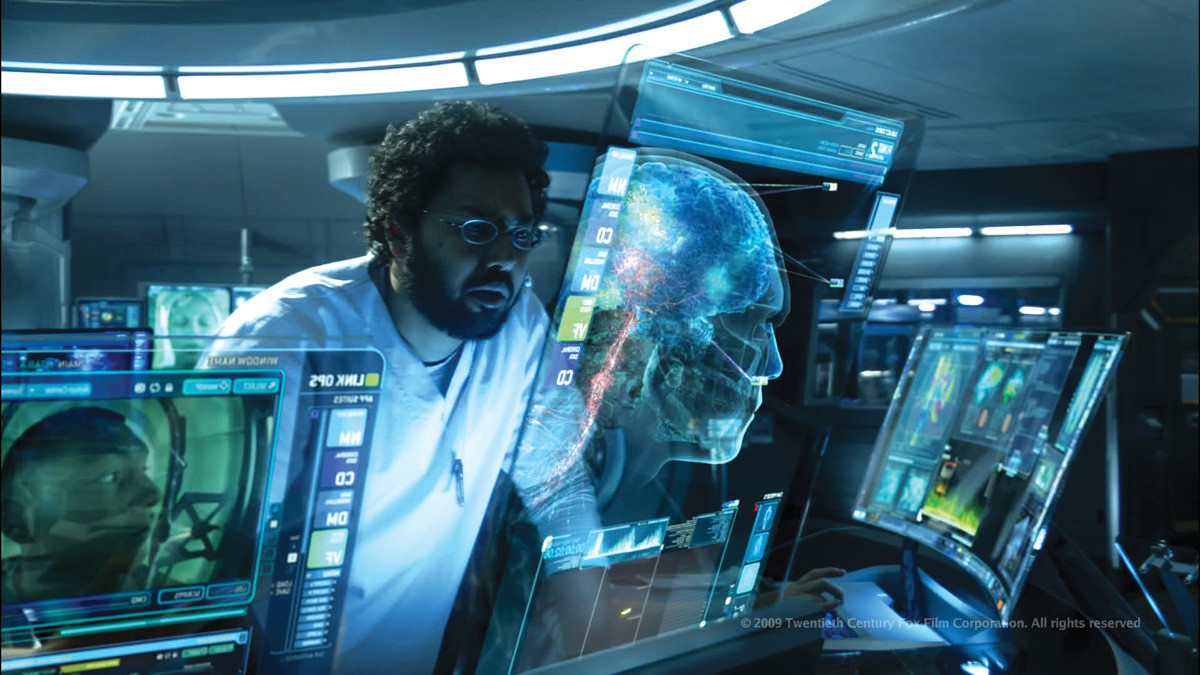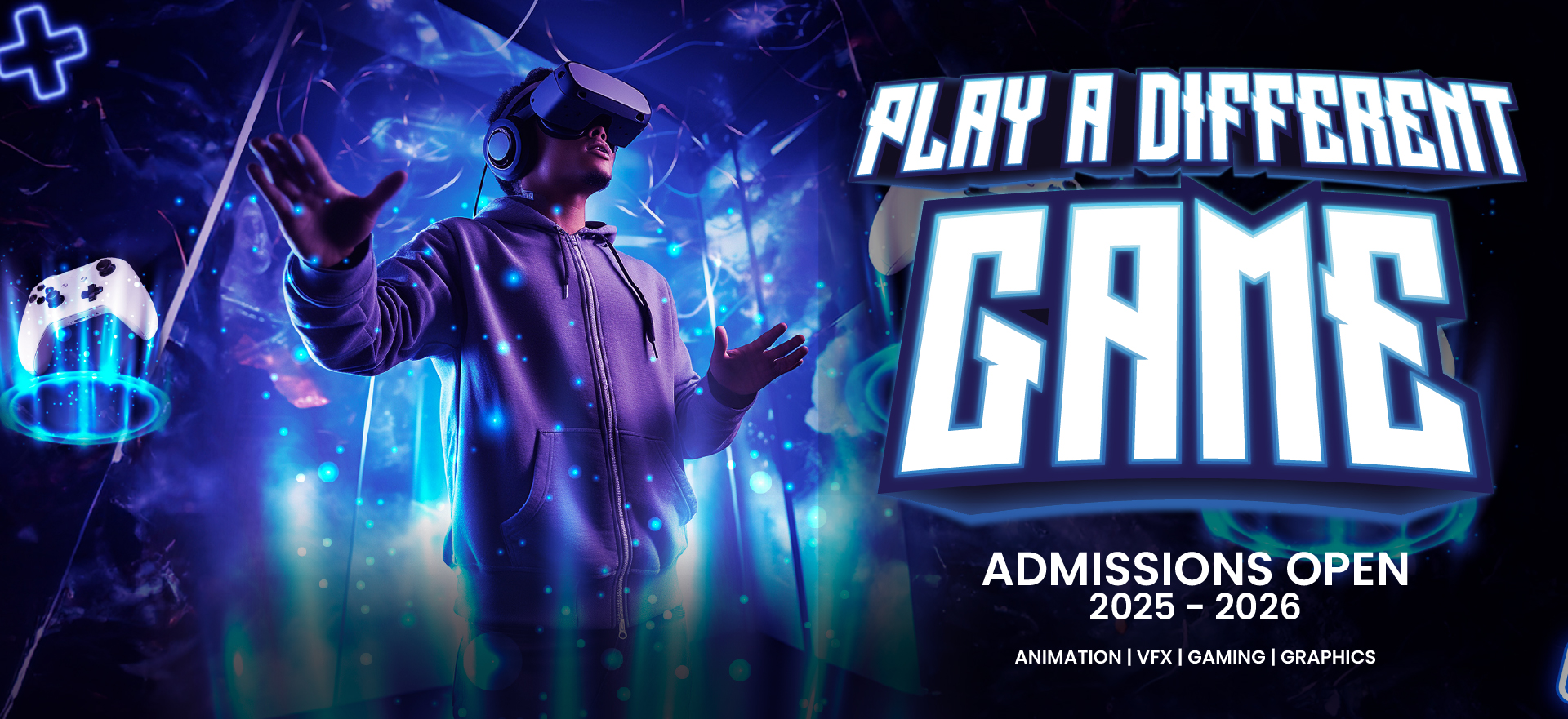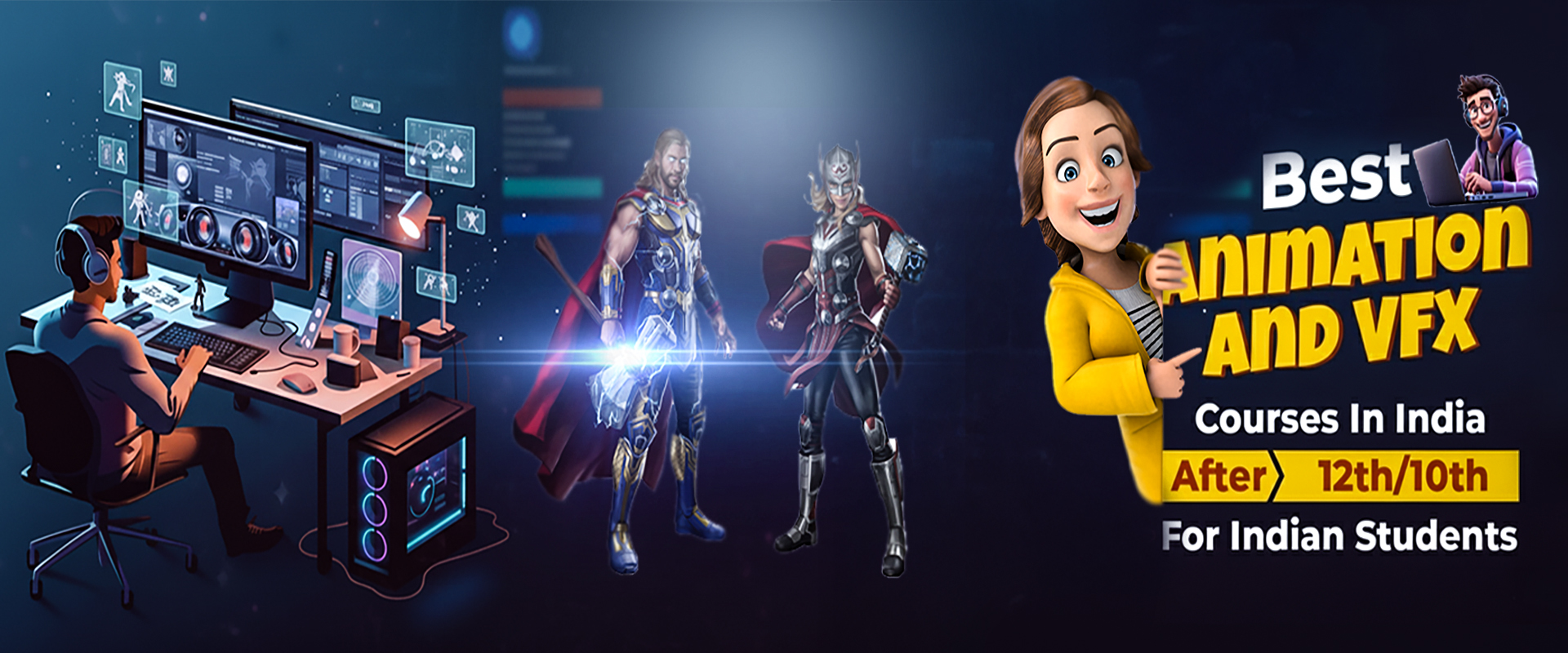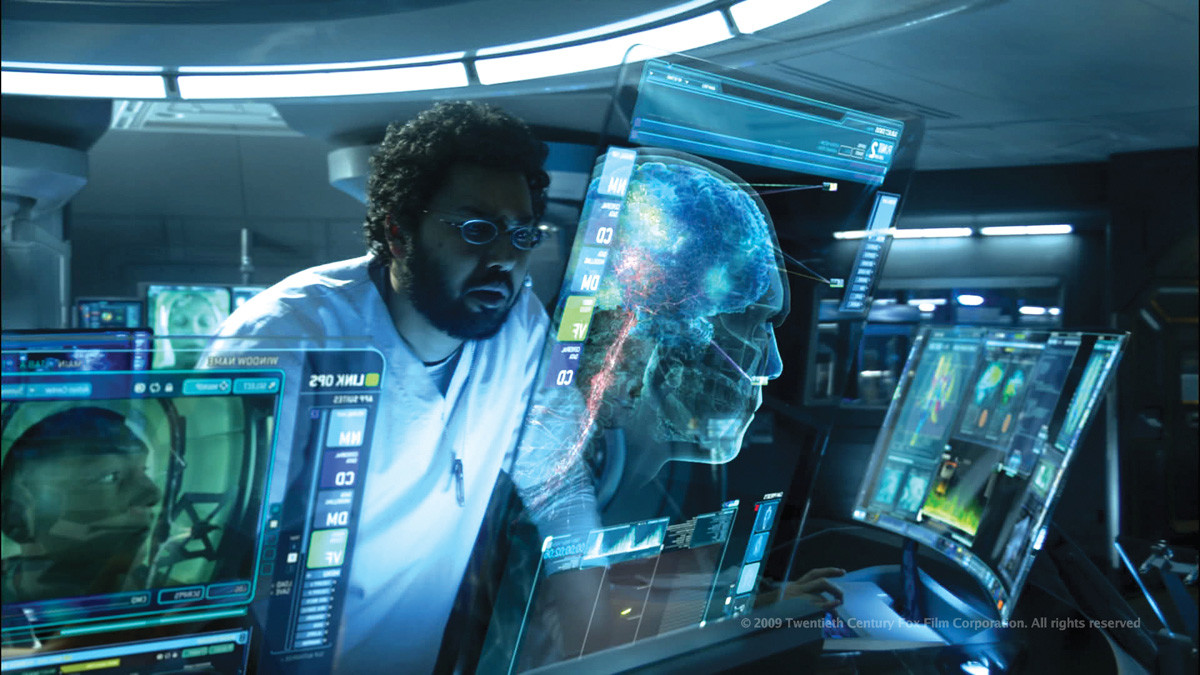Software Covered: Photoshop, Illustrator, XD
PCDP in Advanced Game Art and Design (36 Months)
Students gain practical exposure to industry-standard software and engines such as Photoshop, Illustrator, Unreal Engine, Blender, After Effects, and Nuke, ensuring they graduate with the technical expertise to thrive in the competitive game design sector. By the end of the course, learners will have a portfolio of game-ready assets, environments, and characters, reflecting both creativity and technical mastery.

Program Structure
Graduates of this program will emerge as highly skilled professionals in game art, design, and development. They will possess strong skills in drawing, digital painting, UI/UX design, 3D modeling, animation, and blueprint blockeding, alongside expertise in leading game engines. Career opportunities include: Game Artist 3D Modeler / Character Artist Environment Designer Game Animator UI/UX Designer for Games Technical Artist Game Designer With a professional-grade portfolio, students will be career-ready for roles in game studios, design companies, and immersive media production houses worldwide.
The Professional Career Development Programme (PCDP) in Advanced Game Art and Design is an extensive 36-month program designed to equip students with the skills required to excel in the gaming industry. Covering everything from drawing and design fundamentals to 3D modeling, texturing, rigging, animation, and game development, this program transforms aspiring learners into professional game designers and artists.
Students gain practical exposure to industry-standard software and engines such as Photoshop, Illustrator, Unreal Engine, Blender, After Effects, and Nuke, ensuring they graduate with the technical expertise to thrive in the competitive game design sector. By the end of the course, learners will have a portfolio of game-ready assets, environments, and characters, reflecting both creativity and technical mastery.
-
Module I – Fundamentals of Game Art and Design (6 Months)Introduction to the world of gaming through history, game design theory, drawing basics, perspective, props, advanced anatomy (human and creature), digital painting, and UI/UX design. Students also work on prototyping and 2D game assets.
Software Covered: Photoshop, Illustrator, XD -
Module II – Asset Creation (6 Months)Focus on 3D modeling, texturing, advanced sculpting, environment and asset creation, and advanced character modeling. Students learn how to design realistic and stylized assets for games.
Software Covered: Blender, Unreal Engine -
Module III – Advanced Lighting and Dynamics (6 Months)Students develop expertise in lighting, dynamics, and particle systems while also learning basic blueprint creation to integrate assets into game engines.
Software Covered: Unreal Engine, Niagara Particles -
Module IV – Advanced Animation and Blueprint (6 Months)Training in character animation, movement, and advanced blueprint blockeding, giving students the ability to create interactive gaming sequences.
Software Covered: Unreal Engine -
Module V – Visual Design and Compositing (6 Months)Students learn digital compositing, motion graphics, gameplay poster design, game logo design, and advanced lighting for visuals. This helps them combine design with real-time engines for impactful outputs.
Software Covered: Illustrator, Photoshop, After Effects, Nuke -
Module VI – Final Integration and Game Design (6 Months)
Students work on combining all skills — from game art assets to real-time design workflows — creating complete interactive gaming projects ready for industry presentation.
More Courses
PCDP in Game Art (24 Months)
- 24 Months
- Game Art and Design
PDP in Game Art Course in Patna, Bihar – 24 Months Training
- 24 Months
- Game Art and Design
PDP in Game Art and Design (27 Months)
- 27 Months
- Game Art and Design
PCDP in Advanced Game Art and Design (36 Months)
- 36 Months
- Game Art and Design



